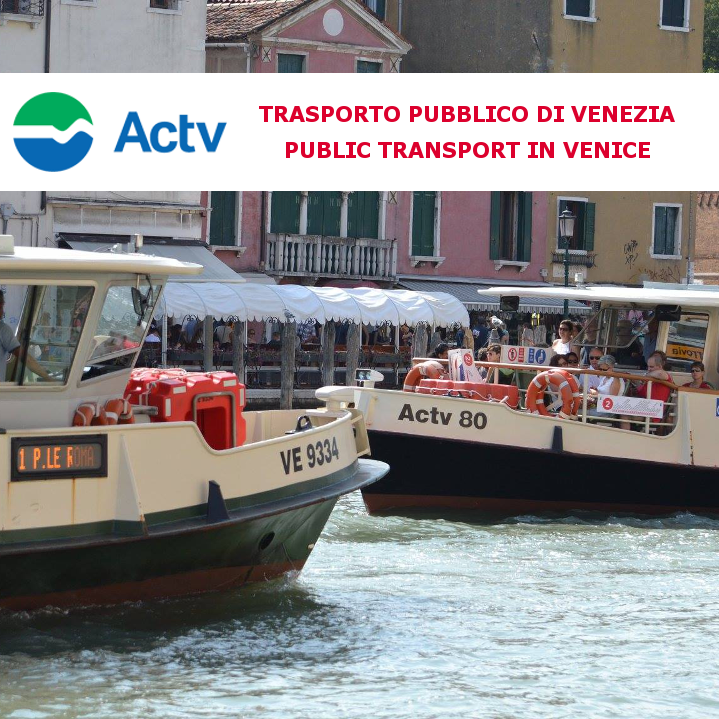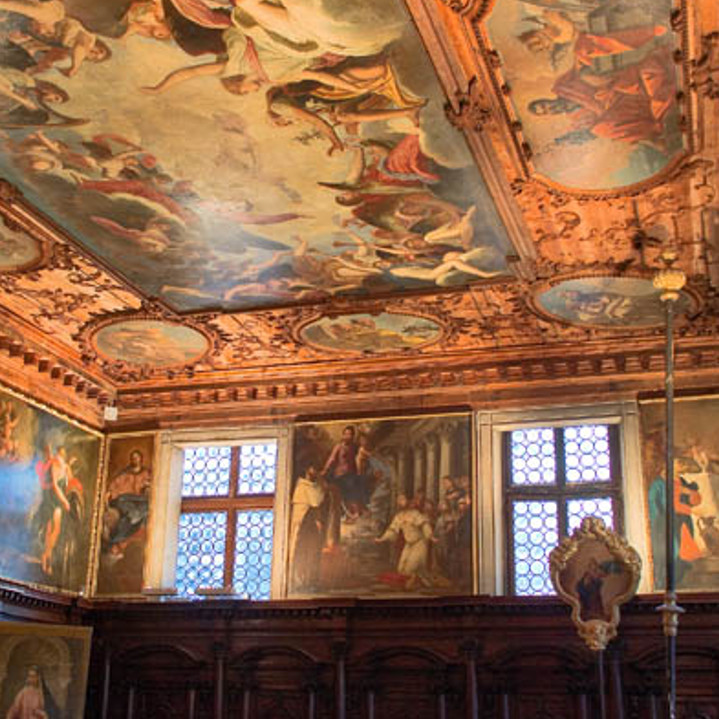You are here
Walking through calli an campi to see Venice like a local
WANDERING THROUGH CALLI AND CAMPI
Venice is the ideal city for an aimless wanderer: prepare to tread its ancient stones and be enruptured by its beauty at every step. There are about three thousand calli (back alleys): just rely on your instinct or your heart and get lost in this maze of campielli, fondamente and salizade. There is no better way than walking to see Venice like a local and explore the sestieri of the historic centre.

ph. Gabriele Vattolo Comune di Venezia
THE GOLDEN RULE: WALK TO THE RIGHT!
Most calli are so narrow that there is only room for two or three people, sometimes barely one!
A census of Venetian calli carried out in 1866 showed that there were 45 calli less than a metre wide and 357 less than a metre and a half. Not much has changed since then. The narrowest calle? Calle Varisco, in the Cannaregio district: just 53 centimetres wide! It is not hard to imagine how difficult it is to cross it, especially if someone is coming from the opposite direction.
This is why in Venice it is a good rule to always walk keeping to the right and, when necessary, in single file so as not to obstruct passers-by coming from the opposite direction or with a faster pace. Those who live or work in the city in fact move around on foot very often and may be in a hurry, perhaps carrying bulky carts. Even when crossing one of the more than 400 bridges in Venice, if the view deserves a souvenir photo, it is always best to try to stand to one side without blocking the passage. We would never stop with our car in the middle of a busy street to take a photo, would we? It's the same thing in Venice!

ph. @laurabeatrice_crevatoselvaggi via Instagram
VENICE'S SIX DISTRICTS
Let's start with the basics. For those who like exploring Venice on foot, it's essential to know that the historic centre of Venice still maintains its division into sestieri (districts), the six parts into which ancient Venice was divided for tax and administrative purposes. This division probably took place as early as 1171, during the reign of Doge Vitale II Michiel. The sestieri are three on either side of the Grand Canal: San Marco, Castello, Cannaregio on the left side; Dorsoduro, San Polo and Santa Croce on the right side. Each of Venice’s neighbourhoods has its own characteristics, offering you something a little different and distinctive wherever you wander.
For centuries, the traghetti da paràda (rowing boats) - which connected one side of the Grand Canal to the other - have been the fastest way to move from one part of the city to another. The traghetti carry passengers following fixed routes, as a regular service. Traghetti still operate today; their stations are strategically located between the four main bridges spanning the canal: San Tomà, Santa Sofia, Santa Maria del Giglio, Riva del Carbon (near Rialto), and Punta della Dogana.

ph. @geidiemme via Instagram
FINDING YOUR WAY IN VENICE
Venice street signs are unique. Unlike in any other city, the names of the streets, alleys, and squares in Venice are written directly on the walls of buildings. By looking around a square, for example, you could see a number of signs stenciled onto whitewashed rectangles, called nizioleti, which in Venetian dialect literally means "little sheets". Until the end of the eighteenth century, Venice street names were not fixed by the Venetian Republic: they owed their origin to oral tradition. Only during the nineteenth century, house numbers and place names were clearly written on the walls of the city.
Many of the streets were named after saints (Campo San Polo); crafts (Calle dei Fabri); merchants or goods (Calle del Forno). Besides, you can also see how the nizioleti record the names of the noble families who ruled Venice (Contarini, Mocenigo, Zane, Albrizzi, etc.), or the presence of communities of foreigners in the lagoon. Good examples include Calle dei Albanesi, dei Greci, dei Tedeschi and dei Turchi.

ph. Benreis CC BY-SA 4.0 via Wikimedia Commons
VENETIAN STREET FOOD
In Venice, as in many other Italian cities, you can walk around enjoying various typical street food specialities.
One of these is certainly the 'scartosso de pesse fritto' (fried fish), a sort of Venetian style 'cuoppo' that has nothing to envy to London's fish and chips.
Prawns, squid, a few pieces of vegetables and polenta are served in a paper cone ready to accompany you on your stroll. always keep in mind that monuments, church steps, bridges, wells and banks are not picnic areas and you are not allowed to sit and eat on the ground. Alternatively, you can go into one of the city's typical bàcari (wine bars) and try the classic Venetian cicheti (snacks and small plates), from the ever-present polpette (fried meatballs) to the many other traditional finger food options..





